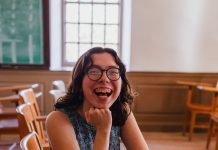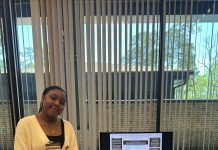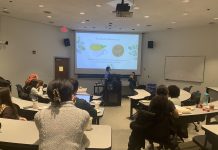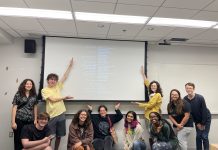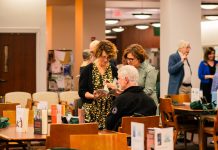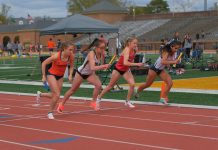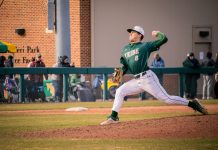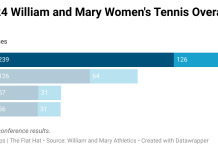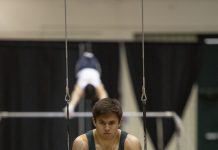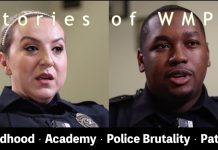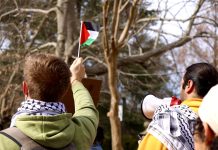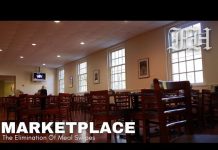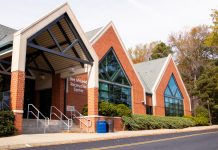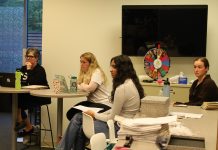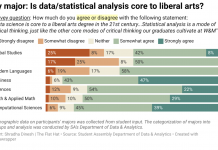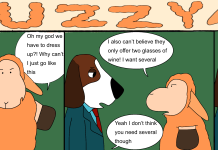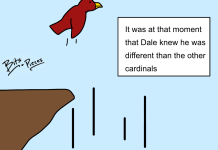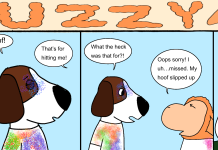The College of William and Mary’s International Relations Club hosted its 24th annual High School Model United Nations Conference last weekend. From Nov. 12 to 14, around one thousand high school students from all over the country and Bermuda represented their schools as foreign nations in numerous simulations of political negotiations.
Abbreviated as WMHSMUN XXIV, the conference was run entirely by the International Relations Club. The conference involved the help of over 150 staff members of the College, in addition to club members, who began planning the event in February of last year.
“[We were] preparing research materials for the delegates, arranging for social events, arranging room and board for the delegates, transportation and logistical permission from the scheduling office to book the rooms necessary for the weekend,” the conference’s Secretary-General Nakul Kadaba ’11 said.
The result was an authentic environment in which students could easily envision themselves as the foreign delegates they represented, perhaps as Malaysian delegates discussing the ways a proposal would help to counter Islamophobia or as Dutch delegates questioning the ethics of allowing the voluntary enlistment age without parental consent to be sixteen. The simulations were all part of what the International Relations Club hopes will raise awareness and encourage debate on today’s current global issues.
“We strive to facilitate the discourse of topics having an international focus,” Kadaba said. “We hope to spur thought about global affairs. All the while, WMHSMUN and the International Relations Club realizes the problems that exist in today’s world, and we provide opportunities to educate and publicize the efforts with which we try to raise awareness for such topics.”
Most of the high school delegates represented a country in committees, general assemblies and specialized agencies that dealt with a broad range of subjects. Others represented specific people, groups and newspapers. These meetings convened in six academic buildings around campus and the Sadler Center and featured, among many others, topics like “Disarmament and International Security,” the World Health Organization, the United Nations Commission to Rebuild Haiti, the G20 Summit and the Organization of Indian Rebels Cabinet of the 1857 Sepoy Mutiny.
As students in Western business attire sat professionally behind identifying placards, it was easy to envision these young men and women as future members of Congress, the United Nations and other influential groups. However, the occasional need for the Dais members, the college students running the actual committees, to assert a stern-voiced “Decorum, delegates” to the excited high schoolers was just a reminder that there is always room for improvement and that, above all, the conference was intended to be a learning experience for everyone involved. The students said they still had plenty to learn from their college counterparts.
“We want to help share our personal expertise and knowledge with high schoolers and encourage them to become more aware of what it means to be a citizen in an increasingly international society,” said Conference Assistant Director of Technology Brendan Greenley ’13. “Model UN gives delegates a unique look at problems all over the world that they may not have otherwise known about.”
While the conference might have been part of a fun and educational weekend field trip for high school students, that included social events like a delegate dance, trivia night and ghost tours, the conference was an important part of practice and preparation for the students’ future college-level Model United Nations conferences.
“The ultimate goal of the conference is to prepare our staff for future conferences that we go to as delegates,” Kadaba said, “Even though we run the simulation, running the various committees gives us an opportunity to review parliamentary procedure, which is what Model UN delegates use to debate.”
The conference illustrates global leader training at all stages, preparing participants for the next step and eventual employment. Both Kadaba and Under-secretary General of Specialized Agencies Zann Isacson ’13 have been part of Model UN since eighth grade, and Isacson and Greenly even attended WMHSMUN as high school delegates. Now, as college students, they said they have broadened their goals to reach beyond successful conferences to successful careers in politics, government and diplomacy.
“I hope to eventually work as an analyst for the Department of Defense or NATO recommending policy initiatives,” Zann said. “I believe MUN has taught me the skills to step back from a situation and see the variables that contribute to the problem.”



